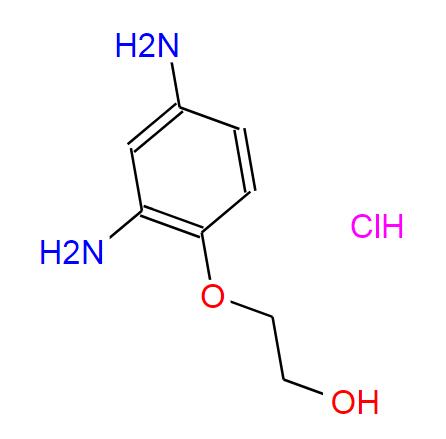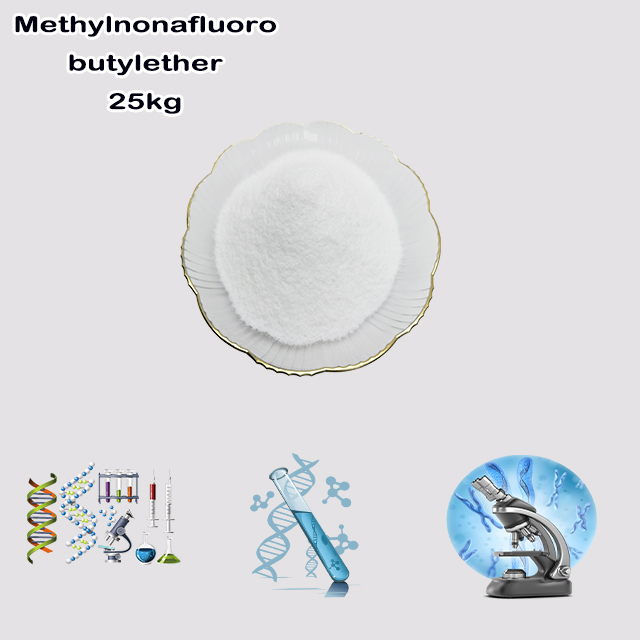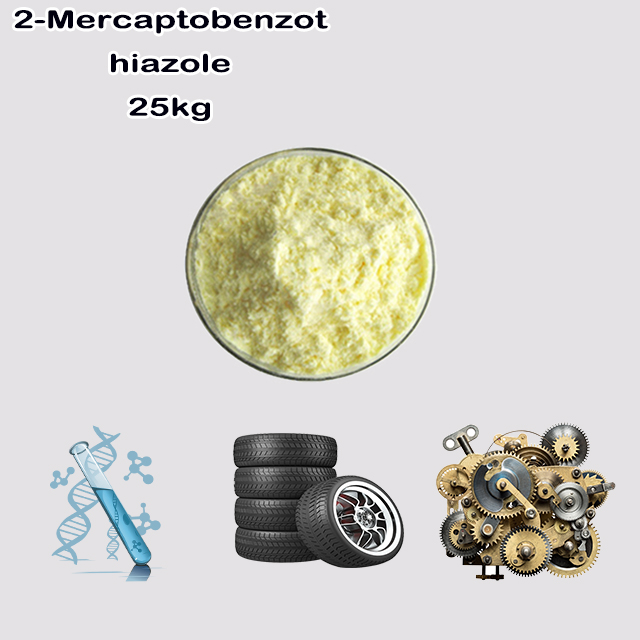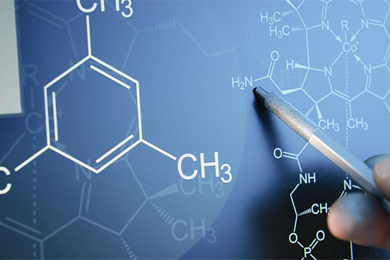
Search

Search

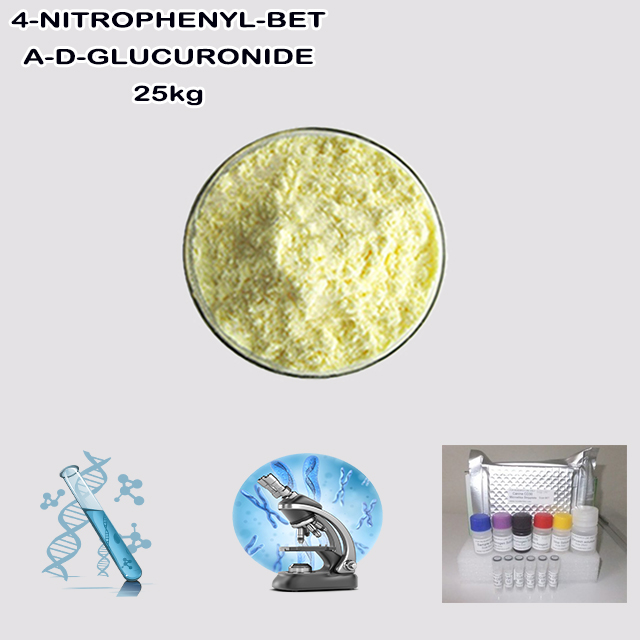









Basic Information: CAS 10344-94-2, molecular formula C₁₂H₁₃NO₉, molecular weight 315.23, appears as a white to off-white crystalline powder.
Core Use: Serves as a chromogenic substrate for β-glucuronidase (an enzyme). When hydrolyzed by the enzyme, it releases 4-nitrophenol, which shows a yellow color and can be quantified via spectrophotometry.
Application Scenarios: Used in enzyme activity detection, clinical diagnostics (e.g., liver function tests), microbial identification, and biochemical research.
Storage Note: Requires sealed storage in a cool, dry place to avoid moisture and light.
Items | Specifications | Results |
Appearance | ||
Identification | By HNMR | Conform |
Purity | ≥98.0% | 99.8% |
Specific Rotation | -100.0°~ -105.0° | -103.7° |
Conclusion | The above result complies with the standard. | |
4-Nitrophenyl-β-D-glucuronide (often abbreviated as PNPG or PNP-Glucuronide) is a synthetic, colorless organic compound. It is widely used in biochemistry and microbiology as a substrate for detecting the enzyme Beta-Glucuronidase (GUS).
To understand it, let's break down its name and structure:
4-Nitrophenyl (PNP): This is a "marker" or "tag" molecule. On its own, it is a pale yellow compound. However, when it is chemically attached to another molecule (like in PNPG), it becomes colorless.
Beta-D-Glucuronide: This is a sugar derivative. The key part is the glucuronide bond, which is a specific type of chemical link.
The Link (Glycosidic Bond): The 4-Nitrophenyl and the Glucuronide are connected by a beta-glycosidic bond.
In simple terms, it's a two-part molecule: a colorless "tag" (PNP) attached to a sugar molecule (Glucuronide) by a specific, breakable link.
The primary use of PNPG is as a diagnostic reagent to detect the presence and activity of the enzyme Beta-Glucuronidase (GUS).
Here's how it works:
The Reaction: When the enzyme Beta-Glucuronidase is present, it specifically recognizes and breaks the beta-glycosidic bond in PNPG.
The Color Change: This enzymatic cleavage releases the 4-Nitrophenyl (PNP) "tag." Once freed, the PNP molecule is no longer colorless. In a neutral or basic solution, it turns a bright yellow color.
The Detection: The intensity of the yellow color is directly proportional to the amount of enzyme activity. This can be measured quantitatively with a spectrophotometer (by measuring absorbance at ~400-405 nm) or observed qualitatively by the naked eye.
The process can be summarized as:
Colorless 4-Nitrophenyl-β-D-glucuronide + GUS Enzyme → Yellow 4-Nitrophenol + Glucuronic Acid
This is one of its most critical and widespread uses.
The Problem: Escherichia coli (E. coli) is a key indicator of fecal contamination in water and food. However, many other bacteria look similar under standard testing.
The Solution: Most strains of E. coli produce a unique enzyme, Beta-Glucuronidase (GUS). Many other coliform bacteria do not.
The Test: PNPG is incorporated into a growth medium (e.g., in MI Agar or as part of a substrate tablet). If E. coli is present and grows, it produces the GUS enzyme. The enzyme then acts on the PNPG, releasing the yellow 4-Nitrophenol.
The Result: The appearance of a yellow color is a strong, specific confirmation of E. coli presence. This forms the basis for many modern, rapid water and food safety tests.
This is a fundamental technique in genetic engineering, especially in plant biology.
The Principle: The gene for Beta-Glucuronidase (uidA or GUS gene) can be attached to another gene of interest (e.g., a promoter that is active only under certain conditions).
The Experiment: A researcher introduces this genetic construct into an organism, like a plant. They then expose the plant tissue to PNPG (or a similar GUS substrate).
The Result: If the gene of interest is "on" (being expressed), the GUS enzyme will be produced. The presence of GUS enzyme is then easily visualized by the yellow color produced from PNPG, showing exactly where and when the gene was active. This makes invisible genetic activity visible.
PNPG is used as a standard substrate in laboratories to:
Measure Beta-Glucuronidase enzyme activity in various biological samples.
Study enzyme kinetics (how fast the enzyme works).
Screen for inhibitors or activators of the GUS enzyme.
| Aspect | Description |
|---|---|
| What it is | A synthetic, colorless substrate molecule composed of a sugar (glucuronide) linked to a color marker (4-Nitrophenyl). |
| Key Property | It is cleaved specifically by the enzyme Beta-Glucuronidase (GUS). |
| Visual Signal | The cleavage reaction releases 4-Nitrophenol, which turns yellow, providing a clear, measurable signal. |
| Primary Uses | 1. Microbiology: Specifically detecting and confirming E. coli in water and food safety tests. 2. Molecular Biology: As a reporter gene to visualize gene expression (especially in plants). 3. Biochemistry: General enzyme activity studies. |
In essence, 4-Nitrophenyl-β-D-glucuronide is a critical diagnostic tool that acts as a "molecular switch"—
it produces a visible yellow signal only when a specific enzyme (Beta-Glucuronidase) is present,
enabling scientists to detect bacteria and study genes with high specificity.
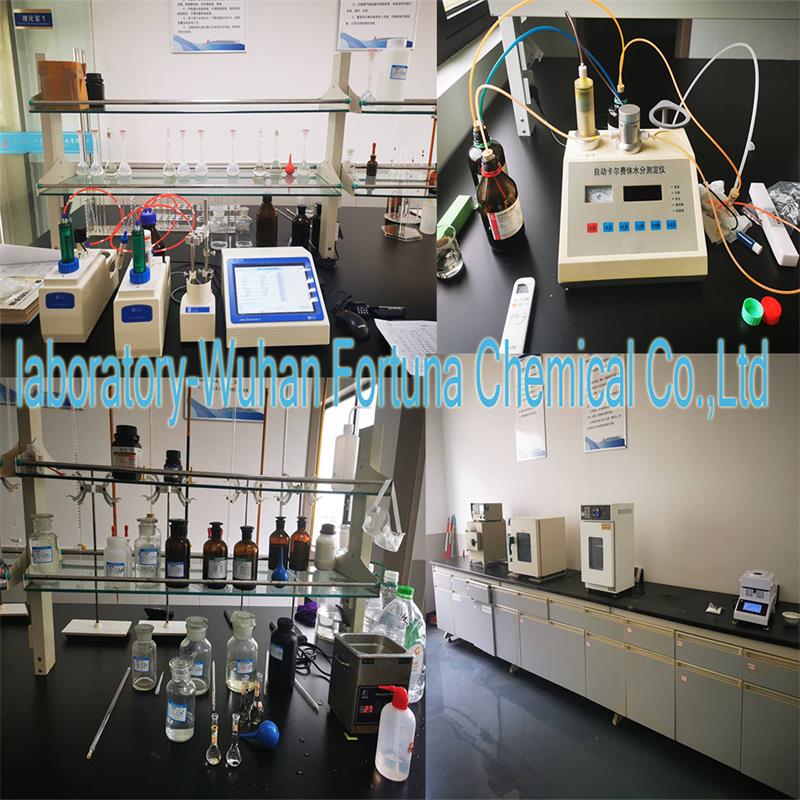
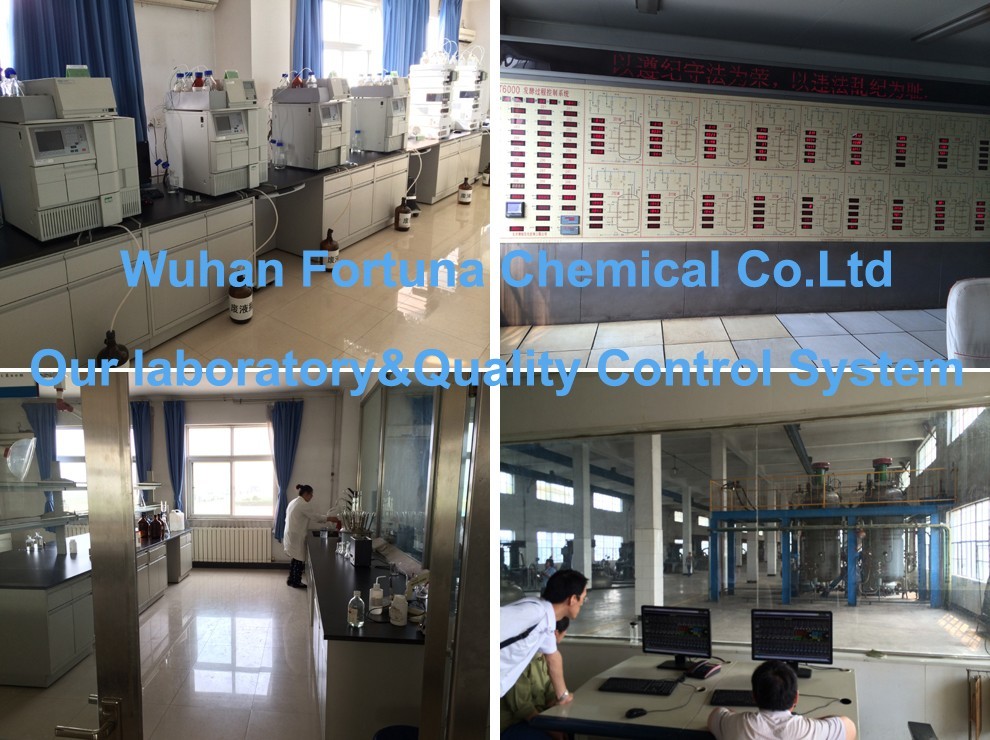
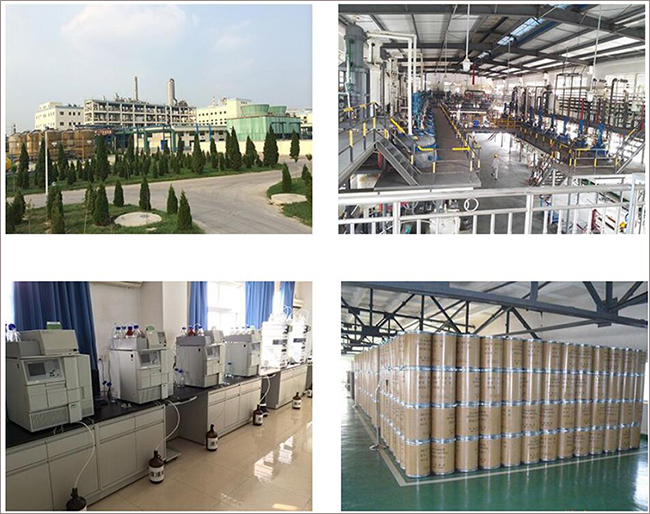

Fortunachem Provides Not Only Professional Chemical Products But Also Professional Help
Keeping you up-to-date with all the latest information, news, and events about Fortunachem!

Quick Links
Add:
E-mail:
 English
English  Español
Español  français
français  العربية
العربية 